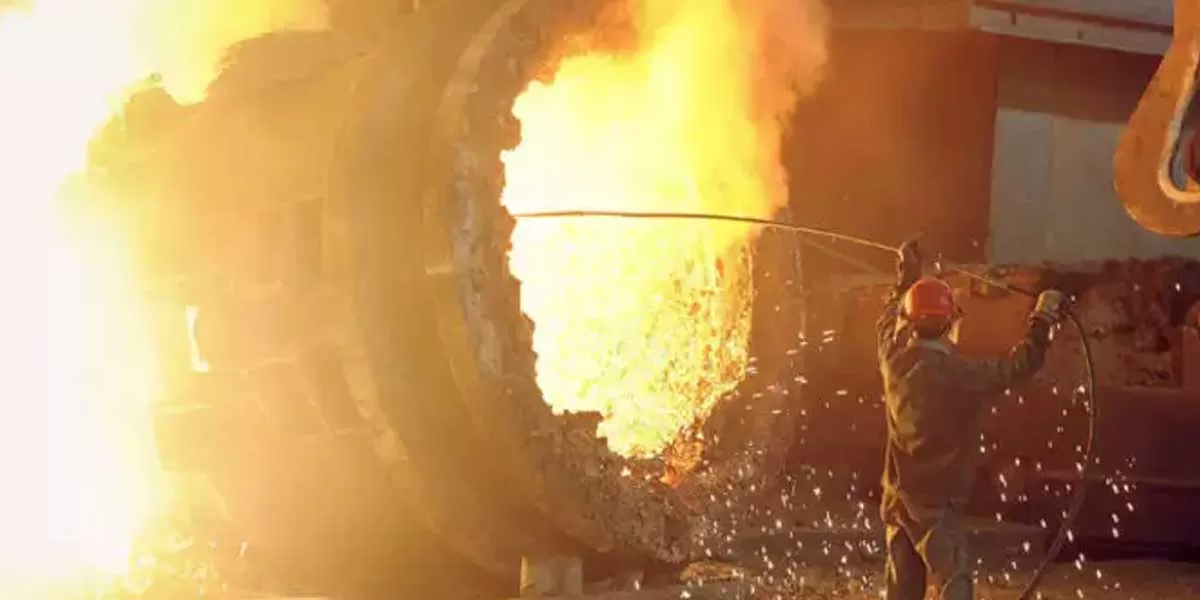

Kaushalya Logistics Grows Depot Network from 70 to 100+ in 4 Months
Kaushalya Logistics Limited (KLL), a leading provider of integrated logistics and supply chain solutions, has significantly expanded its national footprint, growing its depot network from 70 to over 100 within the past four months. This acceleration underlines the company’s strategic focus on scaling capacity to meet rising demand across India’s infrastructure and construction sectors.As part of its robust growth strategy, Kaushalya Logistics has strengthened key partnerships with industry giants like Adani Cement, Dalmia Bharat & JK Cement, enabling the company to expand its operation..

Hindmetal Eyes Critical Minerals Exploration Licence Auctions
Hindmetal Exploration Services, a wholly owned subsidiary of Hindustan Zinc Limited, and India’s leading tech-driven exploration company, is keenly tracking the first tranche of Exploration Licence (EL) auctions launched by the Ministry of Mines. The Ministry has recently initiated the first tranche of auctions under the EL regime, offering 13 blocks across 10 states, covering deposits of critical and deep-seated minerals such as gold, copper, diamonds, zinc, and rare earth elements. Hindmetal Exploration is actively engaged in identifying, discovering, assessing, and developing mineral..

Shri Jitendra Srivastava Assumes Charge as CMD, REC Limited
Shri Jitendra Srivastava, IAS, has assumed charge as Chairman & Managing Director (CMD) of REC Limited on April 22, 2025.On April 28, 2025, the Appointments Committee of the Cabinet (ACC) appointed Shri Srivastava, who is an IAS from Bihar Cadre (2000 Batch), as the CMD of REC. This appointment has been made in the rank and pay of Additional Secretary to the Government of India, under the Ministry of Power.Shri Srivastava is a seasoned civil servant with over two decades of distinguished service. Over the years, he has held several key administrative and leadership roles across the Governm..














